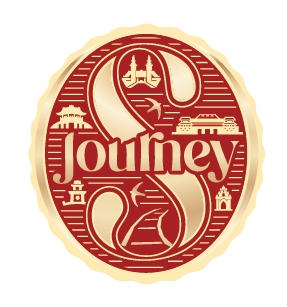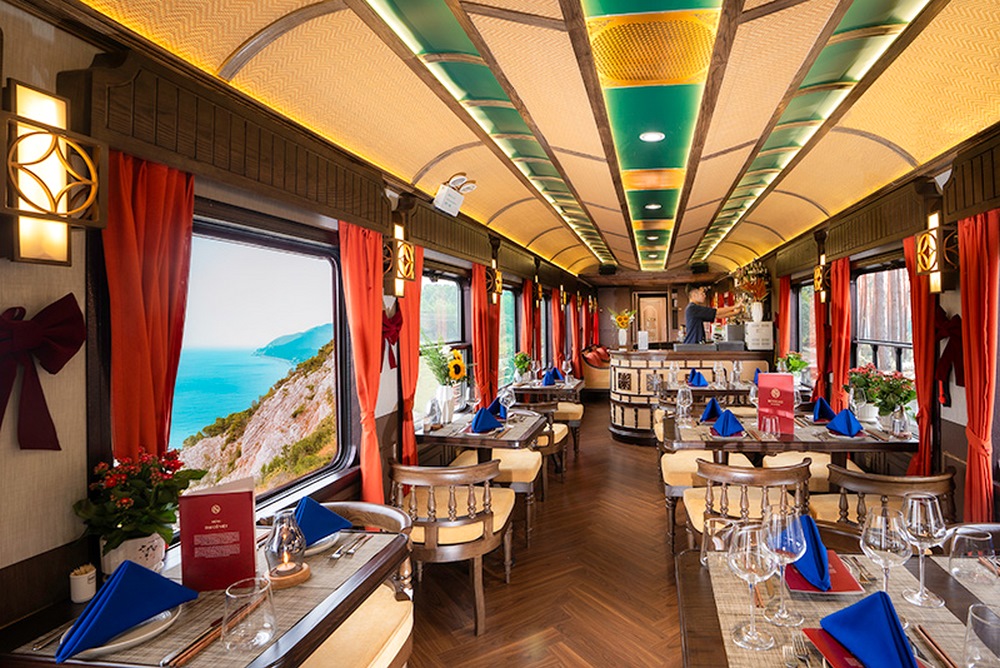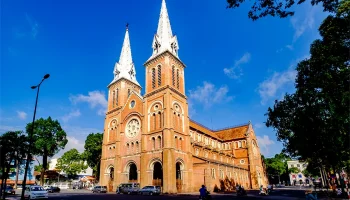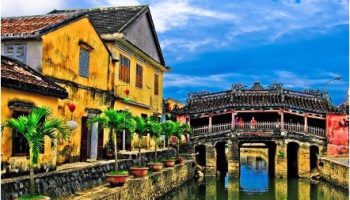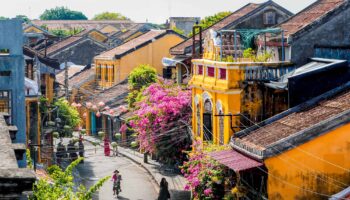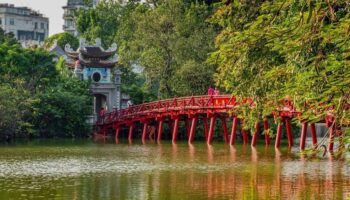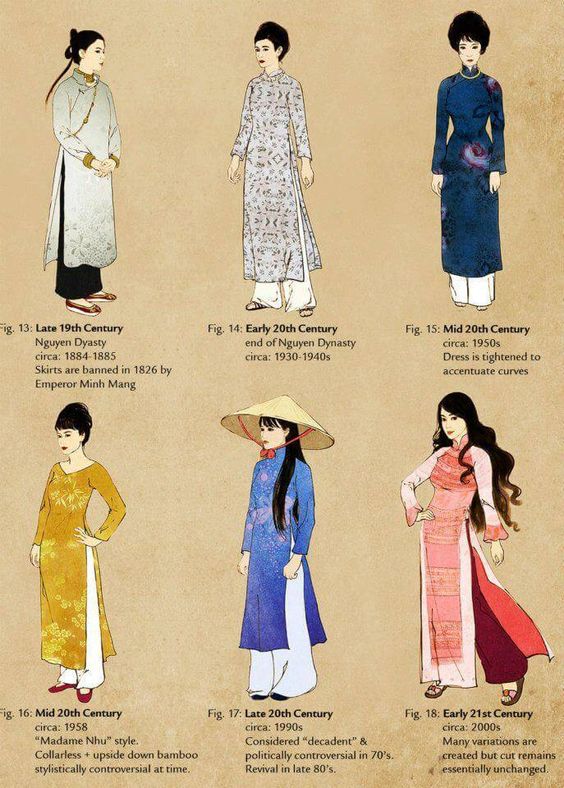
Traditional Vietnamese Dress: The Beauty and History of Ao Dai
Ao Dai is a traditional Vietnamese dress and a testament to the nation’s charming beauty, rich history, and timeless elegance. This traditional dress has graceful designs, cultural significance, and modern functionality. In this blog, we will explore the history, beauty, cultural importance, and contemporary relevance of Ao Dai.
Table of Contents
ToggleThe Historical Roots of Traditional Vietnamese Dress

Travel through the era of times to see the development of Ao Dai, from the early days since the pre-18th century to modern days. Each period contributed to the evolution that made up the traditional Vietnamese dress today. Here’s an overview of its history:
Early Origins (Pre-18th Century)
Vietnam went through a complicated time during the period of Chinese rule. Many aspects are influenced by the Chinese’s agricultural, community style, and of course clothing. The most notable early garments are the áo giao lĩnh (a cross-collared robe). These clothing pieces were loose-fitting and worn by both men and women, emphasizing modesty and functionality.
18th Century: Nguyễn Dynasty’s Influence
The traditional Vietnamese dress, as we know as Ao Dai today, only took form during the rule time of Lord Nguyễn Phúc Khoát (1739–1765). He sought to distinguish his territory in the south from another region, in order to specify his people. He took inspiration from the áo tứ thân – a four-panel tunic, split into two front and two back panels, worn over a long skirt. This innovation became popular among Vietnamese women and hence, set the foundation for modern Ao Dai.
19th Century: Refinements Under the Nguyễn Dynasty
Ao Dai became the traditional Vietnamese dress during The Nguyễn Dynasty (1802–1945). It was worn during formal and court settings and designs became more elegant and intricate. Made from luxurious fabrics such as silk, Ao Dai during this time was often adorned with intricate embroidery illuminating with dragons, phoenixes, or floral details, symbolizing nobility.
20th Century: Modernization
During this time, traditional Vietnamese dress underwent a major transformation. It is all thanks to Cát Tường, a French-trained Vietnamese designer known as “Le Mur.” Ao Dai was designed to fit the body more closely but still have that breathable and light feel. He tailored the áo dài to fit the body more closely, creating a fusion of Vietnamese and Western aesthetics. It is favored by many women for the snug, figure-hugging form that remains iconic today.
Post-1975: Decline and Resurgence
After the Vietnam War and the reunification of Vietnam, Ao Dai was initially considered impractical, and casual clothing influenced by the West rose to replace it. However, it grasped the attention in the 1960s after Western media photographed Madame Nhu, the de facto First Lady.
21st Century: Global Symbol of Vietnamese Culture
Today, the áo dài is the elegant representation of Vietnamese identity. Formal occasions such as cultural festivals like Tet (Vietnamese New Year) or uniforms in schools are commonly worn. Modern versions of Ao Dai are diverse in styles, colors, patterns, and innovations in fabric, including contemporary designs with bold patterns and innovations in fabric. The male áo dài, while less common, is still worn for traditional ceremonies.
The Beauty of Ao Dai: Design and Symbolism
The Ao Dai transcends not just fashion but a presentation of Vietnam’s history, blending traditional values with modern aesthetics. In addition, it also presents the Vietnamese people’s attention to detail, showcasing through vibrant colors, intricate embroidery, and a perfect balance of all aspects.
Classic Design Elements
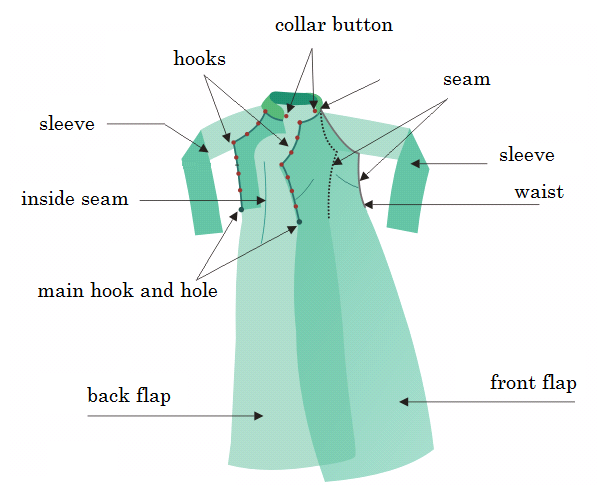 As the traditional Vietnamese dress, Áo Dài’s design is a perfect blend of key elements that best represent the traditions, values, and sophistication of the nation:
As the traditional Vietnamese dress, Áo Dài’s design is a perfect blend of key elements that best represent the traditions, values, and sophistication of the nation:
- Slim-Fitting Bodice: To symbolize grace and elegance, the snug fit is key that accentuates the natural curves of the wearer and also represents the nation’s geographic beauty.
- Long Flowing Panels: Include two panels – front and back, often reaching ankle-length to create a fluid silhouette that reflects the harmony of movement and beauty.
- Side Slits: More freedom of movement is carried with this detail, a practical yet refined feature, showcasing a tasteful understanding of the balance of comfort with functionality.
- Tailored Pants: These can be in the same color or a different shade to the panels. Worn beneath the tunic, the trousers are usually wide-legged and flowy, ensuring comfort and modesty.
- Luxurious Fabrics: Popular materials like silk, brocade, velvet, or chiffon are favored to enhance the garment’s opulence.
Symbolism in Design

- Vibrant Colors: Colors are used smartly in the designing process of Ao Dai where red and gold represent prosperity, happiness, and celebration, often worn at weddings or festive events. White is a symbol of purity and innocence, worn by young girls as uniforms. Darker hues like deep blues or blacks are used for older generations, symbolizing power and dignity.
- Intricate Embroidery: Embroidery and patterns are a must-have detail, featuring dragons (power), phoenixes (grace), lotuses (purity), or bamboo (resilience), each with deep cultural significance.
Balance of Elements
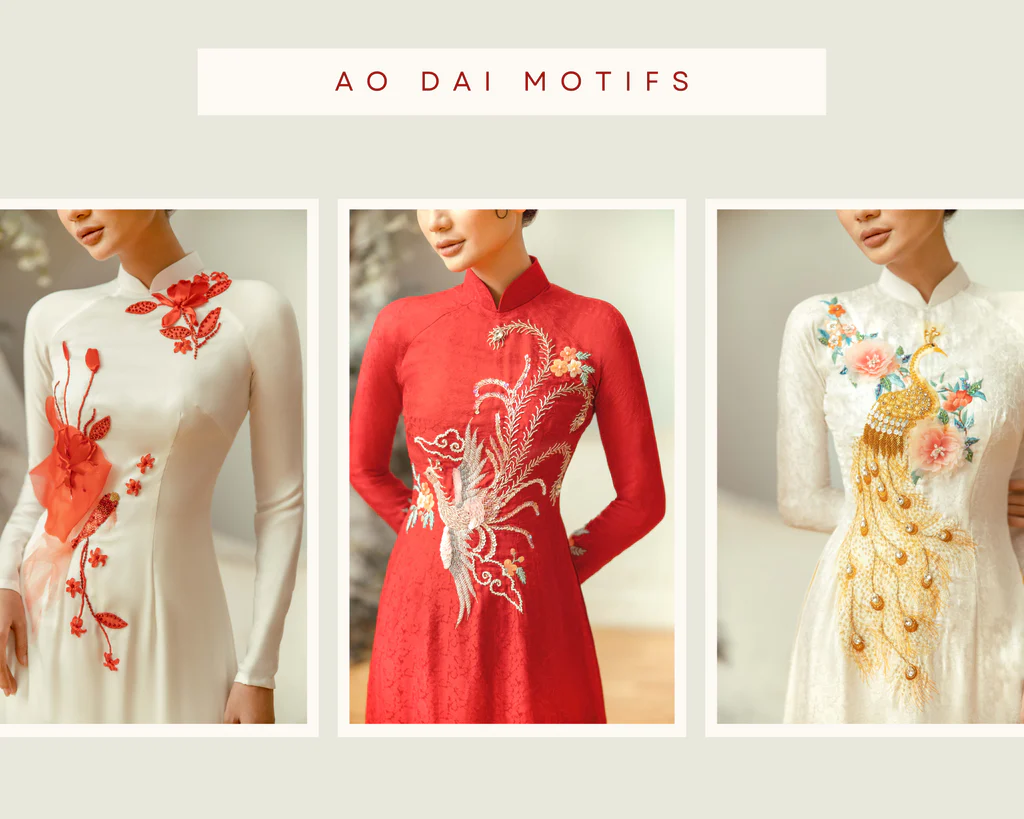 The overall structure of Ao Dai, specifically with symbolic details, reflects the yin-yang harmony or the balance of life. And Ao Dai seamlessly embodies such a philosophy. In a way, it is a form of spiritual element, empowering the wearer with a feeling of pride, charm, and confidence.
The overall structure of Ao Dai, specifically with symbolic details, reflects the yin-yang harmony or the balance of life. And Ao Dai seamlessly embodies such a philosophy. In a way, it is a form of spiritual element, empowering the wearer with a feeling of pride, charm, and confidence.
Modern Functionality of Traditional Vietnamese Dress
Fusion of Tradition and Contemporary Fashion
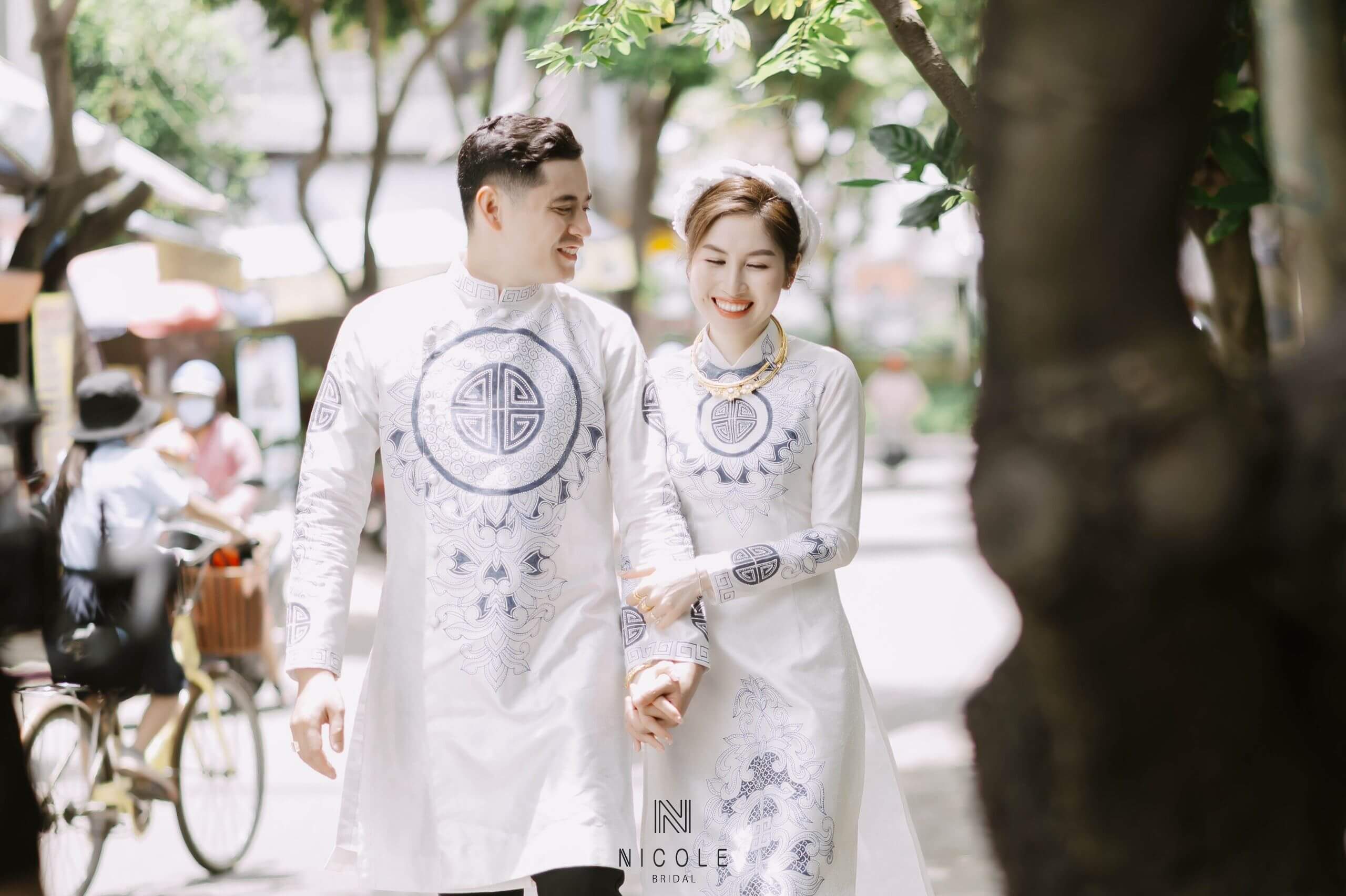 Designs of modern Ao Dai feature bold patterns, shorter hemlines, and innovative fabrics, catering to modern tastes while retaining traditional elements. However, it has been a debatable topic as to which modification of Ao Dai is worth the change. In any way, classic or modern, Ao Dai still carries the fundamental aspects that make it the national traditional dress.
Designs of modern Ao Dai feature bold patterns, shorter hemlines, and innovative fabrics, catering to modern tastes while retaining traditional elements. However, it has been a debatable topic as to which modification of Ao Dai is worth the change. In any way, classic or modern, Ao Dai still carries the fundamental aspects that make it the national traditional dress.
Ao Dai for Everyday Wear
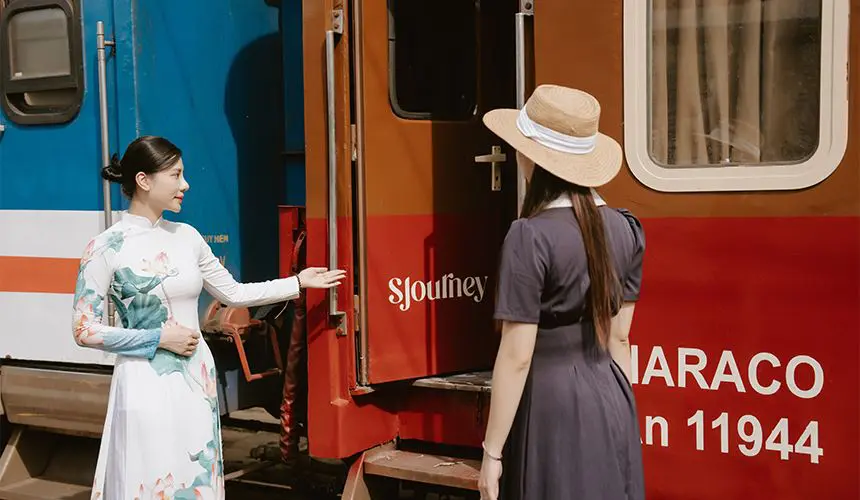 Besides its cultural and ceremonial use, Ao Dai is also worn in schools, offices, and casual settings. Its versatility in comfortability and timeless elegance makes it a cherished garment for all occasions.
Besides its cultural and ceremonial use, Ao Dai is also worn in schools, offices, and casual settings. Its versatility in comfortability and timeless elegance makes it a cherished garment for all occasions.
The most notable function is traveling industries such as flights, cruises, and trains. Vietnamese Airlines use Ao Dai as their uniform, showcasing the rich cultural heritage of the destination.
Similarly, the staff abroad on the SJourney train carry wonderful gestures with their Ao Dai, representing a sophisticated and welcoming image of Vietnamese hospitality.
The slow rhythm of the train track or during flights, in addition to the flowing tunics and graceful movements of the staff, contribute to an atmosphere of refinement, making every journey a memorable cultural experience.
How to Experience Traditional Vietnamese Dress
For international travelers, it is an encouragement and an invitation to experience Vietnamese culture by wearing Ao Dai. There are many Ao Dai artisans across Vietnam, offering tailor-made or ready-to-wear options. Whether it is for formal events or casual outings, there’s an Ao Dai for everyone.
Reputable shops in Vietnam, especially in the imperial cities of Hoi An or Hue offer a wide range of designs. Online stores are another option that provides international shipping, making it easier than ever to own an authentic Ao Dai.
State of the Art: Traditional Vietnamese Dress
Ao Dai’s history and its modern adaptations highlight the appeal and sophistication of Vietnamese people. It continues to inspire pride and admiration. On any occasion and for whoever wears it, Ao Dai offers a glimpse into the soul of Vietnam. So take an adventure to Vietnam, and let this iconic dress empower you with Vietnamese values and timeless beauty.
